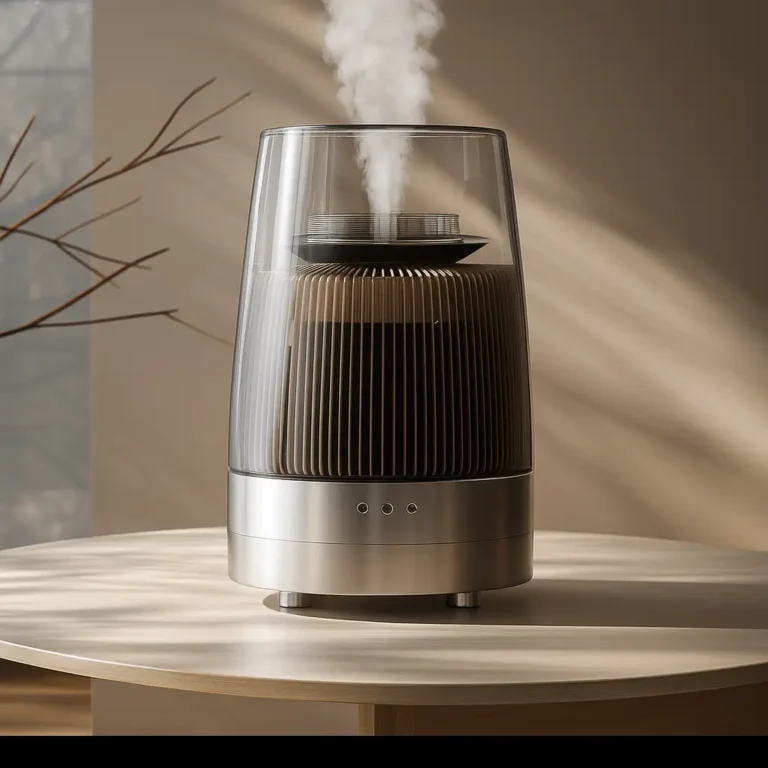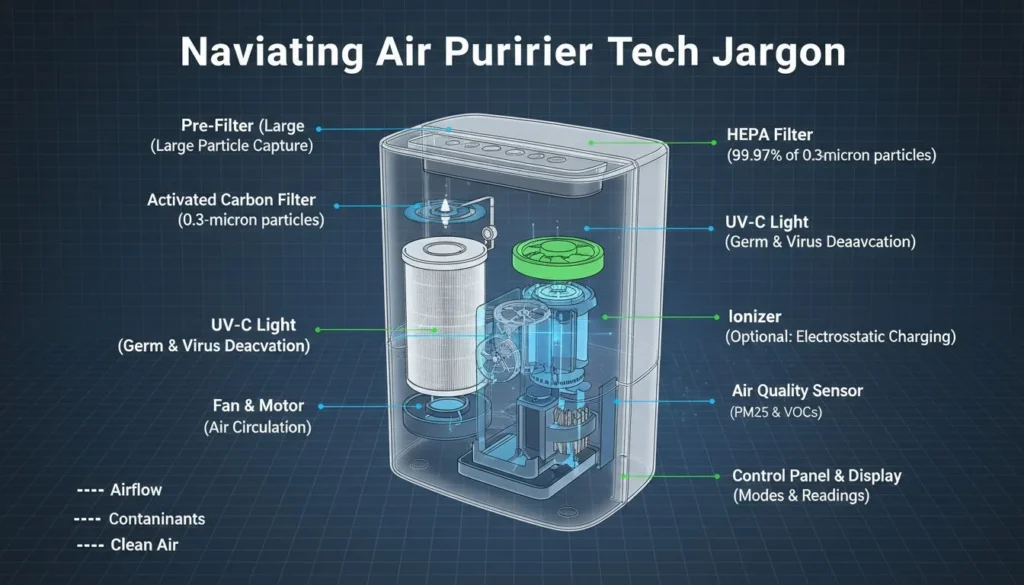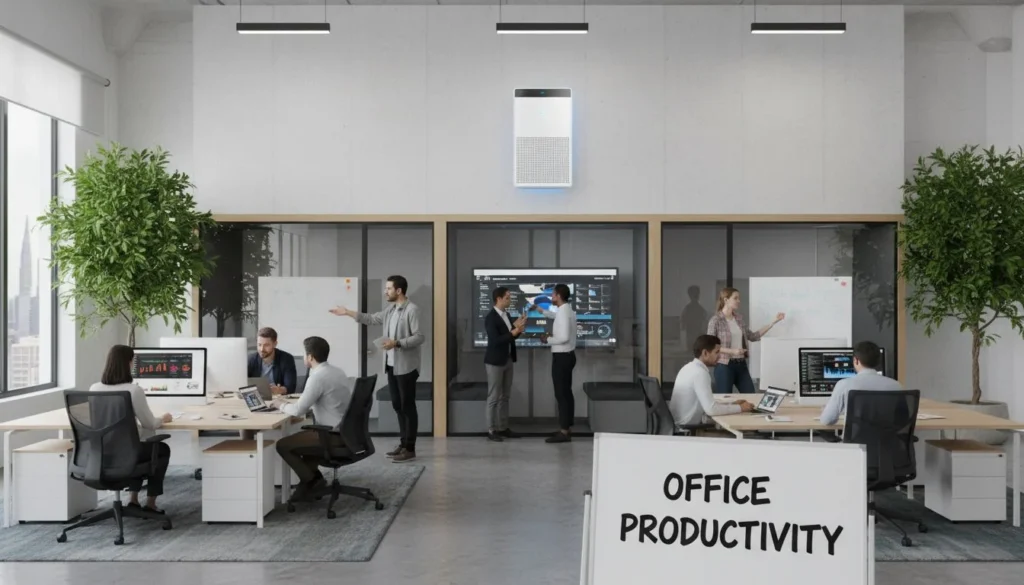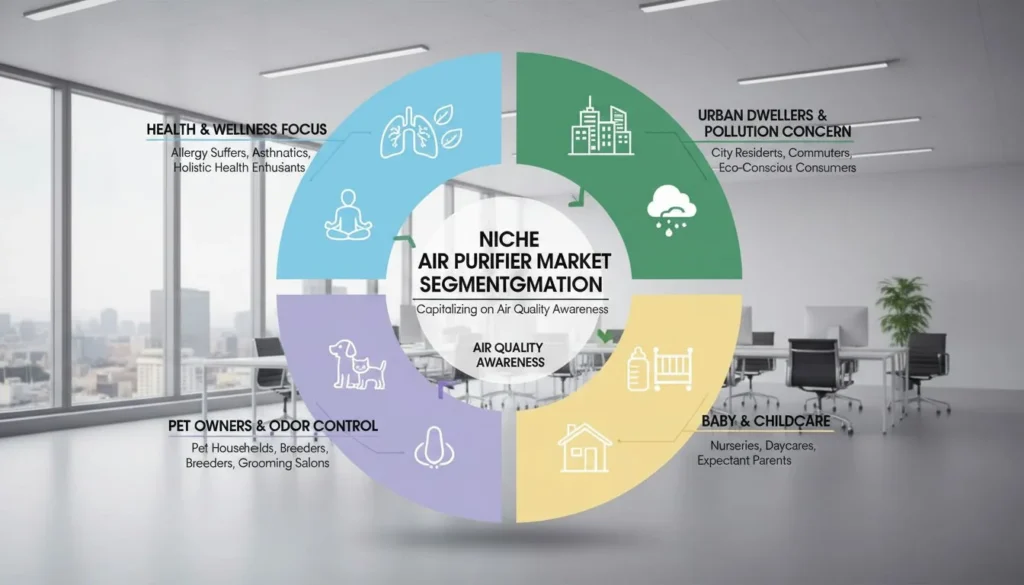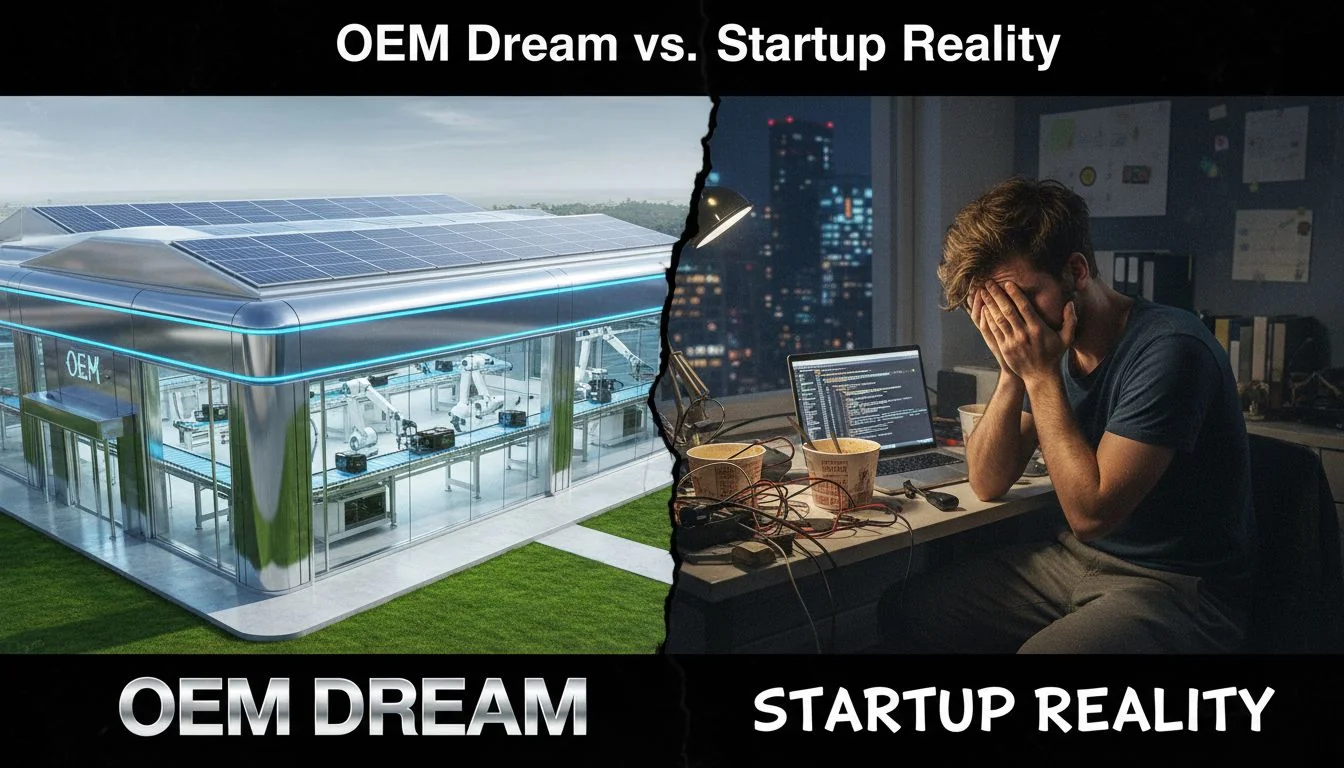
Dreaming of a fast D2C launch1 with an OEM partner? This path seems simple, but hidden traps can sink your brand before it even starts, costing you time and money.
These startups teach us that prioritizing speed over uniqueness, getting stuck in Endless R&D2, and ignoring material quality leads to failure. The winning lesson is a new partnership model that balances speed with true innovation, avoiding the common pitfalls of traditional OEM relationships.
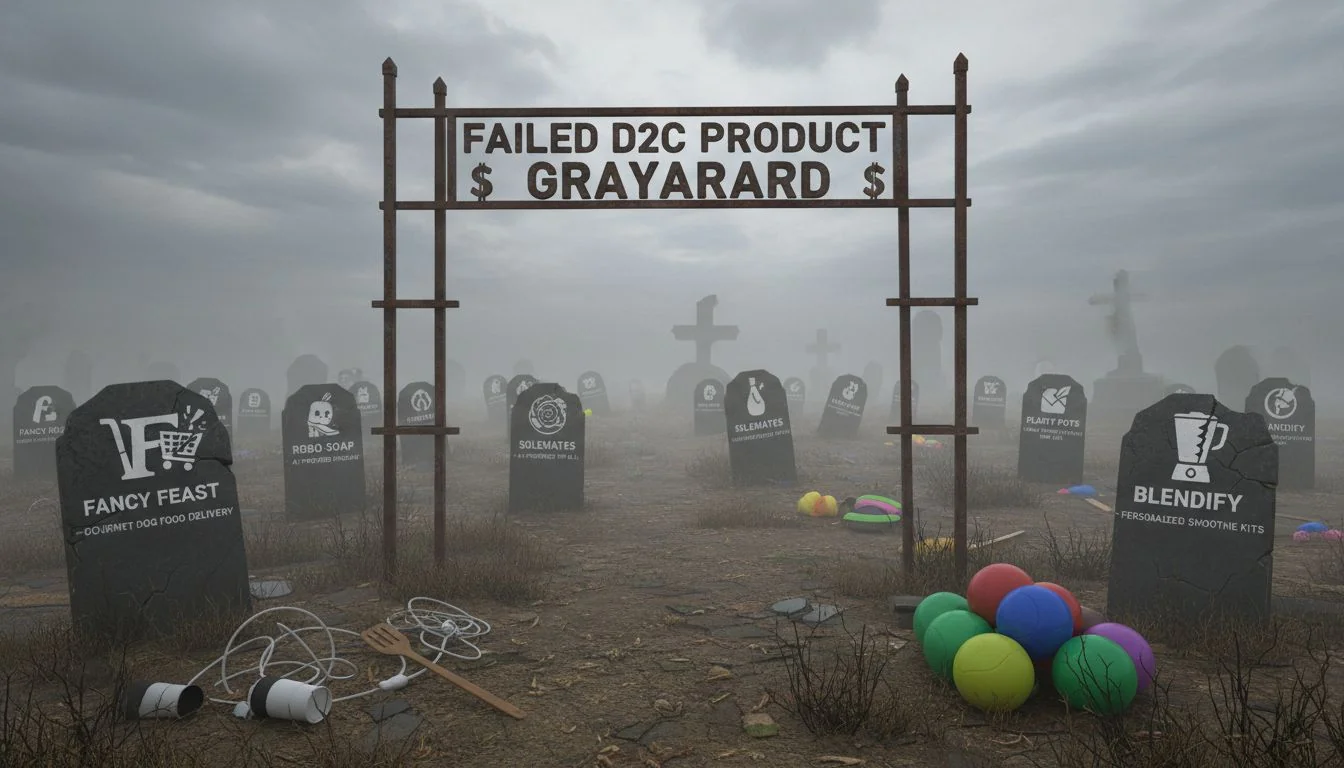
Over my years in the mold and manufacturing business, I've seen many bright-eyed founders approach me. They have a great idea for a D2C product and believe finding an OEM factory is the final step. They talk about the "OEM Dream" – a fast, cheap, and easy path to market. But I've also seen the "Startup Reality," where that dream turns into a nightmare. This post is a collection of lessons from ten fictional startups I've imagined, based on real stories I've witnessed. Their struggles highlight the common traps that many fall into. But more importantly, they show us a better way forward, a "third way" that can save your brand. Let's dive into their stories and learn from their mistakes.
Over 80% of new consumer hardware products fail to scale successfully.Vero
According to a report by CB Insights and other market analyses, the failure rate for hardware startups is notoriously high due to challenges in manufacturing, supply chain, and market fit.
Using an OEM guarantees a faster time-to-market than any other manufacturing model.Falso
While OEMs can be fast for existing products, any significant customization or new development can lead to major delays, often longer than a well-managed ODM or contract manufacturing project.
1. The "Commodity Trap": Why Did Prioritizing Speed Over Uniqueness Fail?
You have a brilliant idea and need to launch fast. An OEM offers a ready-made product, and it feels like the perfect shortcut. But this speed comes at a huge cost.
This approach fails because you launch a generic "commodity" product with no unique selling proposition. You end up competing on price alone in a crowded market, making it impossible to build a sustainable brand or achieve profitability. Your product becomes invisible.

The Cautionary Tale of "AeroFresh" (Startup #1)
Let's talk about a fictional startup I'll call "AeroFresh." They wanted to enter the air purifier market. They found an OEM with a standard model, slapped their logo on it, and launched in just three months. Initially, they were thrilled. But soon, reality hit. They discovered five other brands on Amazon selling the exact same unit with a different name. Their marketing dollars were wasted because customers couldn't tell them apart. They were forced into a price war they couldn't win, and within a year, AeroFresh was out of business. They fell into the "Commodity Trap3" because they chose an off-the-shelf product.
| OEM Path (The Trap) | Unique Product Path (The Goal) |
|---|---|
| Generic, off-the-shelf design | Differentiated, unique features |
| No competitive moat | Strong brand identity |
| Compete on price only | Compete on value and innovation |
| Low profit margins | Healthy profit margins |
Most OEM factories will offer exclusive rights to their catalog products for a small fee.Falso
OEMs make money by selling the same base products to multiple clients. Exclusivity is rare and extremely expensive, if offered at all.
Products without a unique selling proposition (USP) have a significantly lower chance of long-term success.Vero
Market analysis consistently shows that differentiation is key to capturing market share and building brand loyalty. Without a USP, a product is easily replaceable.
2. The "Endless R&D" Trap: Why Does "Pure OEM" Kill Startups?
You want to avoid the commodity trap, so you decide to create something truly unique. You hire an OEM to develop your custom design from scratch. This sounds smart, but it's another trap.
"Pure OEM" development kills startups because they underestimate the time, cost, and complexity of ground-up R&D and compliance. Startups burn through cash and miss their Market window4 while waiting for a product that may never be ready.

The Cautionary Tale of "InnovateAir" (Startup #2)
I remember a situation just like this with a fictional team I'll call "InnovateAir." They had a groundbreaking design for a smart air purifier. They paid a huge NRE (Non-Recurring Engineering) fee to an OEM to build it. The factory was great at mass production, but not at R&D. The project was plagued with delays. Then came the biggest killer: compliance. They spent 18 months and a fortune trying to get ETL and CARB certifications. By the time they were close, two larger companies had launched similar products, and InnovateAir's funding ran out. Their innovation never saw the light of day.
The 18-Month Nightmare
| Palcoscenico | Expected Timeline | Actual Timeline | The Problem |
|---|---|---|---|
| Design & Prototyping | 3 Months | 6 Months | Constant back-and-forth, miscommunication. |
| Tooling & Molding | 2 Months | 4 Months | Mold adjustments and failures. |
| Test di conformità | 3 Months | 8 Months+ | Failed tests, redesigns, re-testing. |
| Total Time to Market | 8 Months | 18+ Months (Failed) | Burned all cash, market window closed. |
ETL and CARB certifications for a new electronic product can be obtained in under 30 days.Falso
These certifications are complex and rigorous. For a brand-new product, the process typically takes many months and can extend over a year if failures require redesign and re-testing.
A pre-certified product platform can reduce a product's time-to-market by over 50%.Vero
By using a core system (motor, electronics, fan) that is already certified, a startup only needs to certify the final assembly, drastically cutting down the longest and most unpredictable part of the development cycle.
3. The "Brand Contradiction" Trap: How Can a Product Kill Your 1-Star Reviews?
Your brand is everything. You've built a beautiful website and promised premium quality. But to save costs, you let your OEM partner5 choose a cheaper material for your product's housing.
This becomes a "Brand Contradiction6." The physical product fails to live up to the brand's promise. Customers feel deceived, leading to a flood of 1-star reviews that destroy your brand's reputation and kill sales.
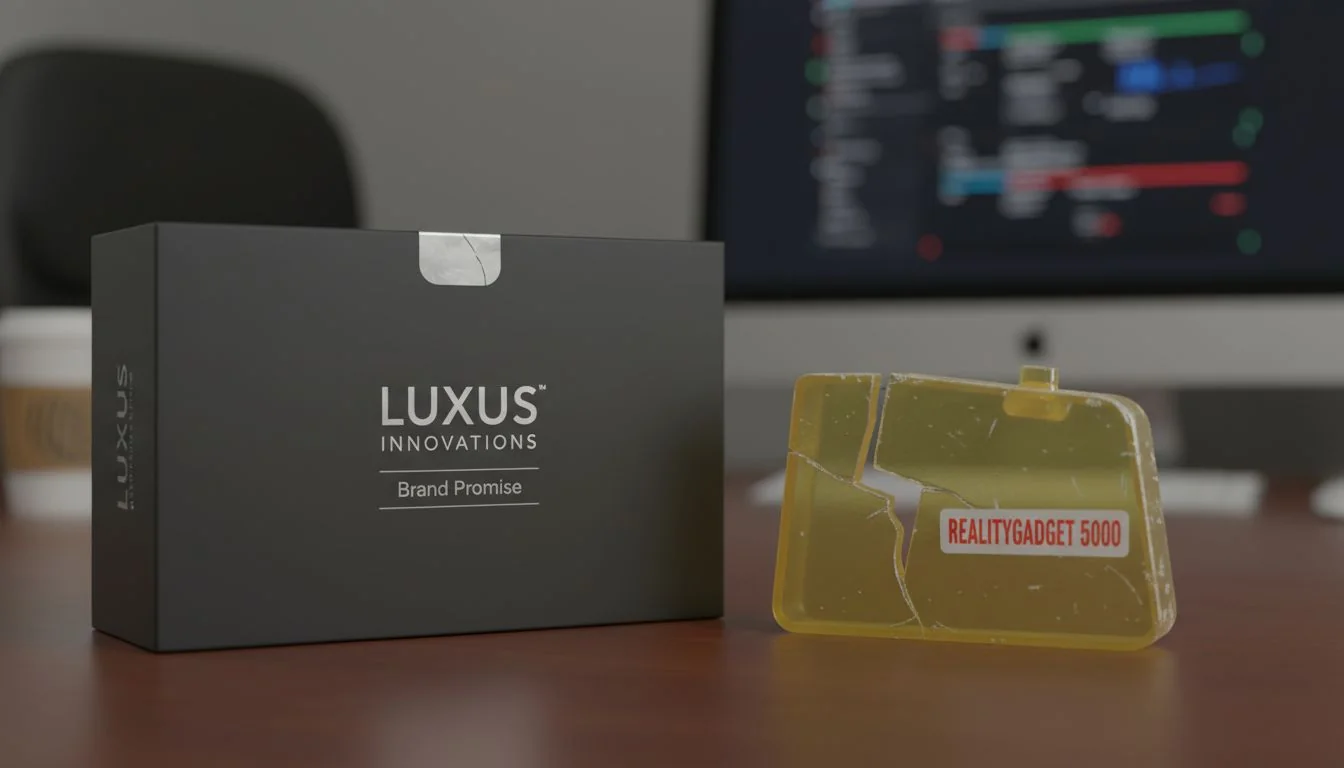
The Cautionary Tale of "Luxe Living" (Startup #3)
Let's imagine "Luxe Living," a D2C brand focused on high-end home wellness. They designed a beautiful air purifier and marketed it as a luxury item. To hit a specific price point, they agreed to use standard ABS plastic for the body. The product looked great in photos. But when customers received it, the story changed. The plastic felt flimsy. Some units even emitted a faint chemical smell when running. The 1-star reviews poured in: "Looks premium, feels cheap." "Has a weird plastic smell." The material choice directly contradicted their brand promise. This is how hygiene becomes a brand issue. A product meant to clean the air was seen as unclean itself.
The Anatomy of a Brand Failure
| Element | Brand Promise (The Marketing) | Product Reality (The Material) | Customer Reaction |
|---|---|---|---|
| Look & Feel | "Sleek, premium, elegant." | Standard, lightweight plastic. | "Feels cheap and flimsy." |
| Health & Purity | "Clean, pure, healthy air." | Plastic off-gassing a chemical smell. | "This can't be healthy." |
| Durata | "Built to last." | Prone to scuffs and cracks. | "Broke after a few months." |
| Result | High Expectations | Major Disappointment | 1-Star Reviews & Brand Death |
The material of a product has little impact on brand perception as long as the marketing is good.Falso
The physical product is the ultimate representation of the brand. A mismatch between marketing promises and material reality leads to customer dissatisfaction and negative reviews, severely damaging brand equity.
Materials like steel and aluminum are often perceived by consumers as higher quality and more durable than plastic.Vero
In many product categories, especially electronics and home goods, metal construction is associated with premium quality, longevity, and a higher price point, influencing consumer perception and willingness to pay.
4. The "Winning" Lesson: What is the "Innovation Platform" Model?
We've seen how the old paths fail. The "Commodity Trap" is too generic. The "Endless R&D Trap" is too slow. So what did the successful startups, #9 and #10, do differently?
They chose a "third way": the Innovation Platform7 model. This approach combines a pre-certified core platform (motor, electronics) with a customizable exterior. It offers the speed of an ODM with the uniqueness of custom development, solving all the previous traps.
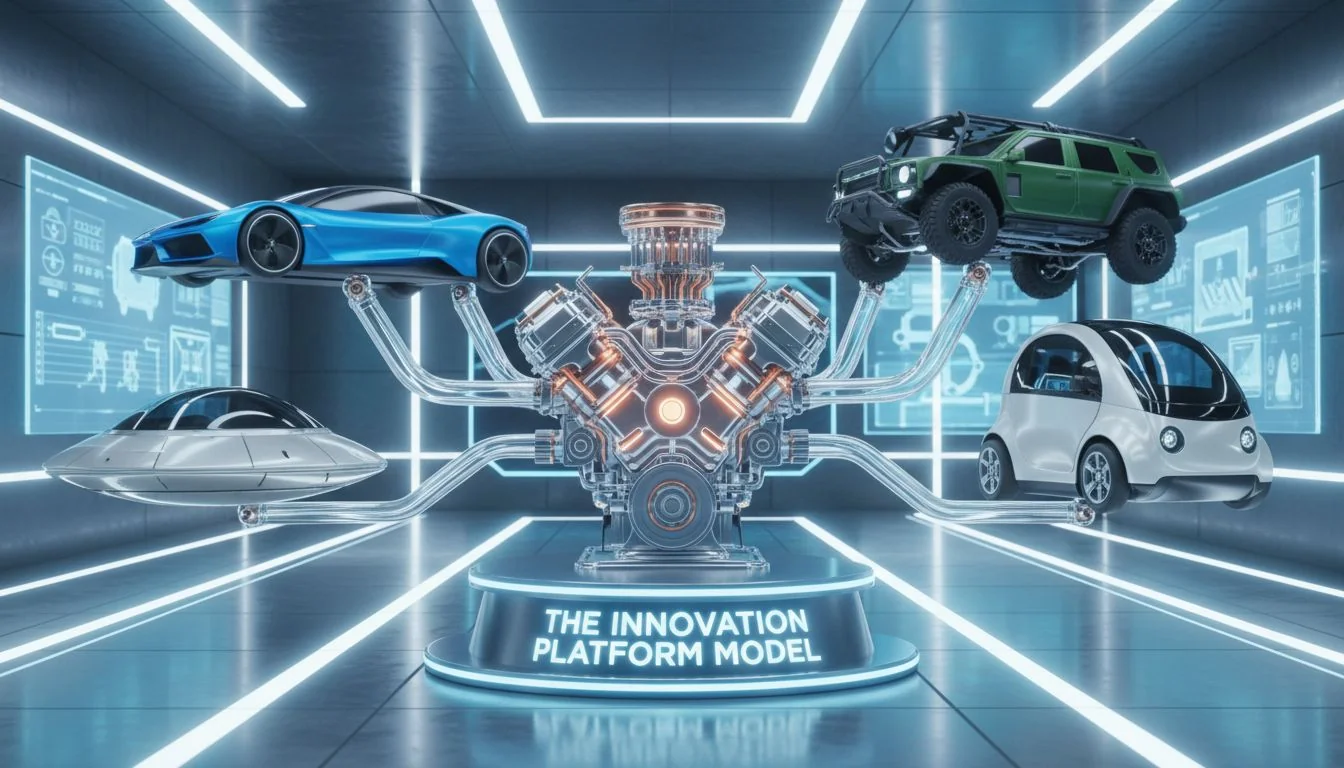
The Success of Startups #9 & #10
The two winning startups in my fictional group found a partner who didn't just offer a finished product or raw development. This partner provided a pre-certified, high-performance "engine"—the motor, fan, and electronics. This was their "Innovation Platform." This solved the biggest problems instantly.
- No "Endless R&D": The hardest part, the core technology and compliance (ETL/CARB), was already done. This saved them over a year and hundreds of thousands of dollars.
- No "Commodity Trap": They weren't stuck with a generic shell. They could focus all their resources on what customers see and touch: a unique housing, better materials (like steel), and a superior user interface.
- No "Brand Contradiction": By using a premium platform and having the freedom to choose High-quality materials8 for the exterior, their final product perfectly matched their premium brand promise.
This is the "Unique ODM9" or "Platform Co-Development" model. It's the smartest way for a D2C startup to launch a hardware product today.
Platform-based development is a common strategy in the automotive industry to create multiple distinct models from one shared chassis.Vero
Manufacturers like Volkswagen (MQB platform) and Toyota (TNGA platform) use this strategy to reduce costs and development time while offering a wide variety of vehicles.
Customizing a product's exterior housing is more expensive than developing a new electronic core from scratch.Falso
Developing and certifying new electronics and motors is vastly more expensive and time-consuming than designing and tooling a new external enclosure.
5. The Antidote: How Does Hisoair Solve All These Lessons?
You've seen the traps that kill promising D2C brands. The fear of failure is real. So, what is the clear, actionable solution that avoids all these problems from the start?
Hisoair is the antidote. Our "Innovation Platform" model is specifically designed to solve these lessons, providing a pre-certified core that allows you to focus on building a unique, high-quality brand without the risk, cost, or delays.
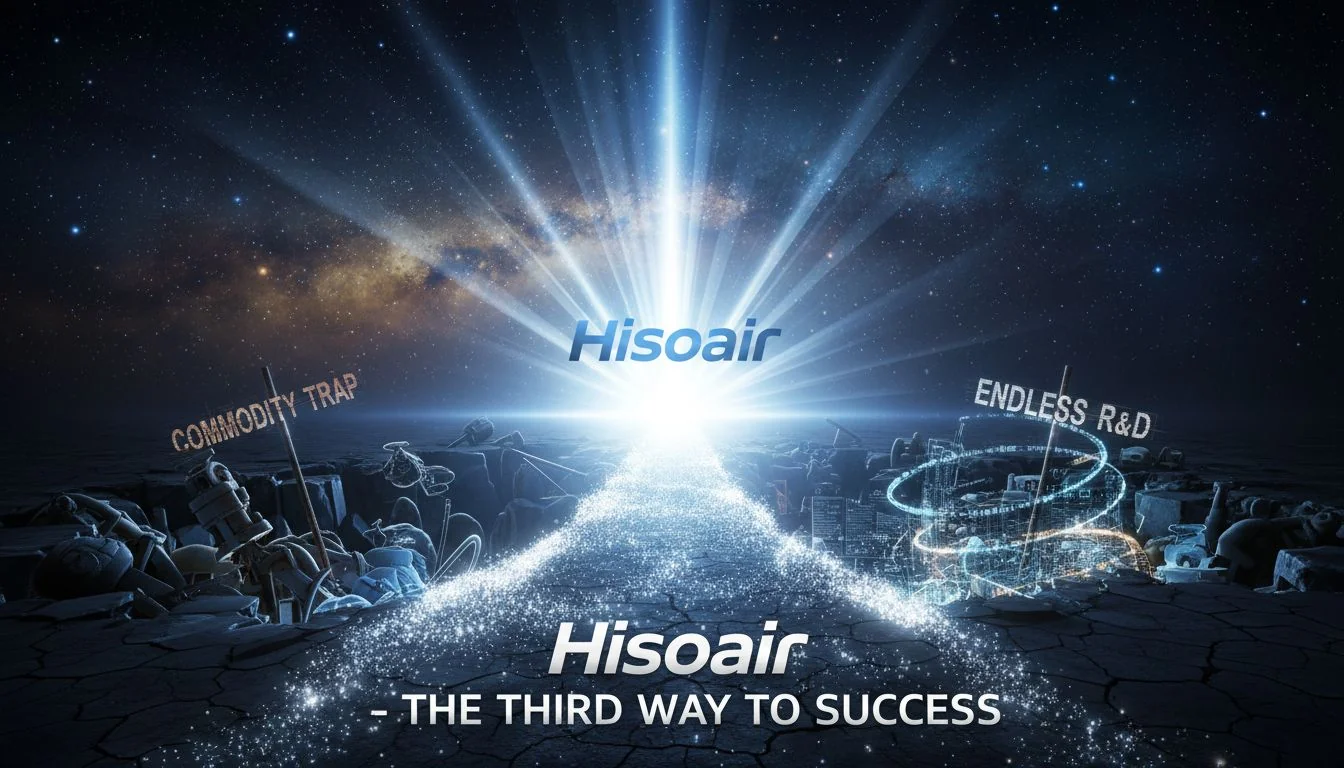
Hisoair as Your "Third Way"
Thinking back on the failures of "AeroFresh," "InnovateAir," and "Luxe Living," you can see how our model provides the perfect solution. We've built the "third way" that I wish those founders had.
- The Antidote to the Commodity Trap: We don't give you a generic product. We give you a powerful, pre-certified platform. You work with our design team, or your own, to create a unique enclosure. Your brand will stand out.
- The Antidote to Endless R&D: Our platform is already ETL and CARB certified. We've eliminated the 18-month nightmare. You can go from design to market in months, not years. We are the magic bullet.
- The Antidote to the Brand Contradiction: We believe hygiene is brand. Our platforms are designed to be paired with premium materials like steel, not cheap plastic. Your product will feel as good as it looks, protecting your brand and your reviews.
Hisoair isn't just a supplier; we are a platform for your innovation.
Hisoair is a traditional OEM factory.Falso
Hisoair operates on a 'Unique ODM' or 'Platform Co-Development' model, which is fundamentally different from a traditional OEM that focuses on mass-producing existing designs or a pure ODM that offers limited customization.
Hisoair's core air purifier platforms are pre-certified for major markets like North America.Vero
Hisoair has invested in pre-certifying the core technology (motor, fan, electronics) for standards like ETL and CARB, which dramatically accelerates the final product's time-to-market for partners.
Conclusione
The path to D2C success is filled with traps. By learning from others' mistakes, you can choose a smarter path—an innovation platform that ensures speed, uniqueness, and quality.
References
-
Understanding the nuances of a D2C launch can help you avoid common pitfalls and ensure a smoother entry into the market. ↩
-
Avoiding Endless R&D can save time and resources; discover strategies that help streamline your development process. ↩
-
Learn about the Commodity Trap to avoid launching generic products that fail to stand out in a competitive market. ↩
-
Managing your market window is critical for success; discover strategies to ensure timely product launches. ↩
-
Choosing the right OEM partner is crucial for your startup's success; explore resources that guide you through this decision. ↩
-
Understanding Brand Contradiction can help you maintain brand integrity and customer trust, crucial for long-term success. ↩
-
The Innovation Platform model offers a unique approach to product development; explore its benefits for startups. ↩
-
High-quality materials can enhance product perception and customer satisfaction; explore why they matter in your designs. ↩
-
Understanding Unique ODM can provide insights into more flexible and innovative manufacturing solutions for startups. ↩



